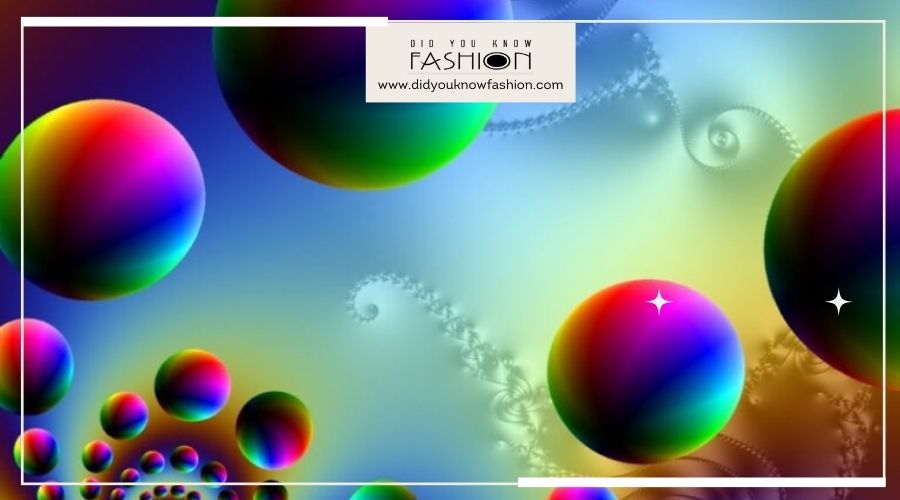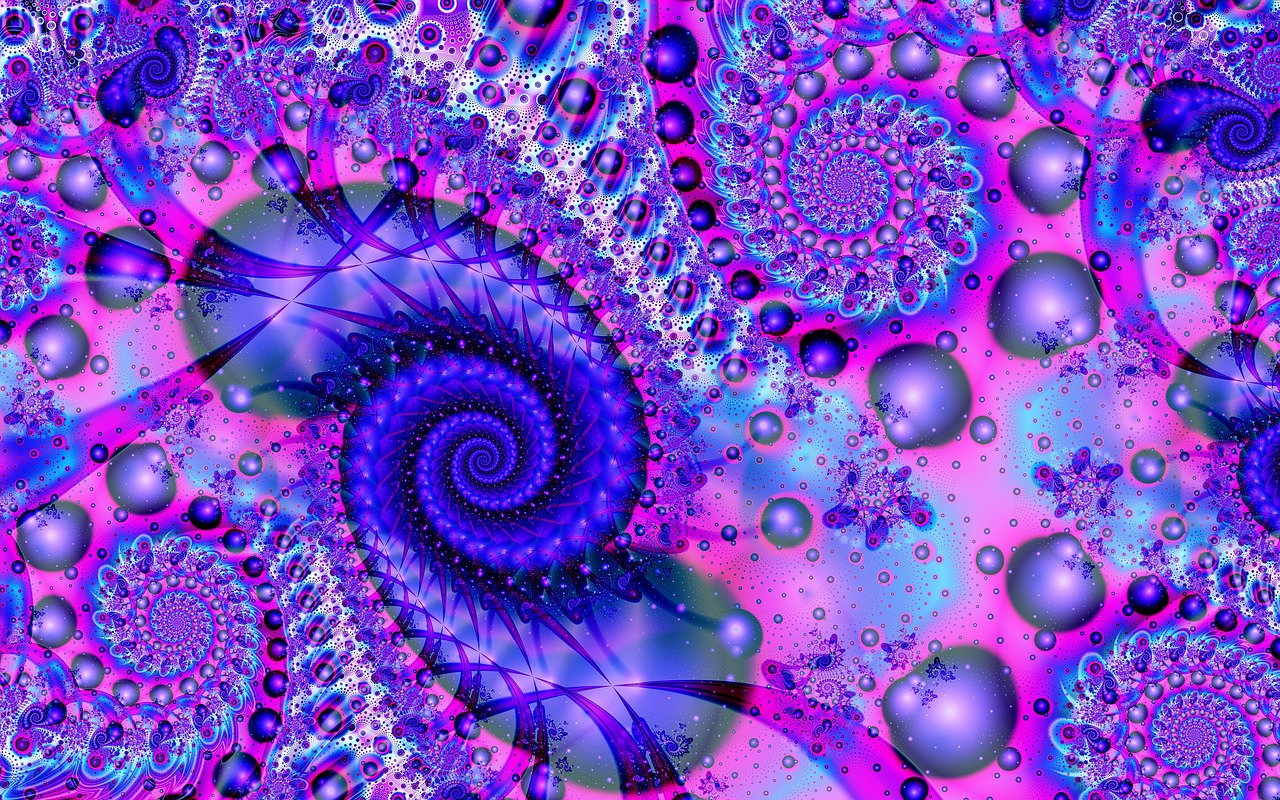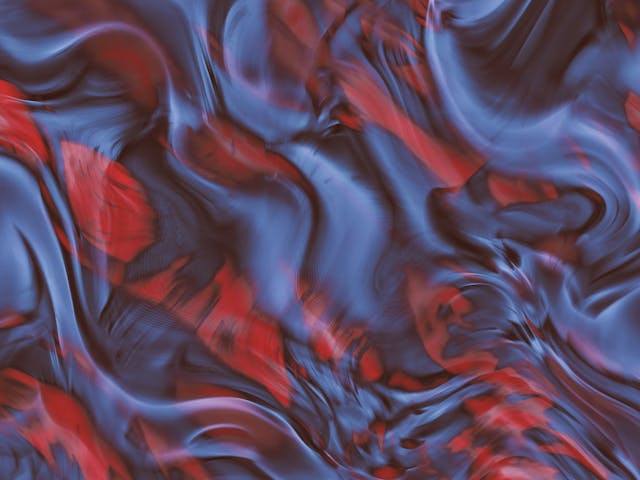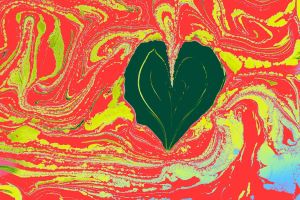The psychedelic art movement of the 1960s stands as a defining chapter in the history of visual expression, primarily emanating from the American counterculture of the time. Psychedelic prints, known for their vibrant colors and swirling patterns, aimed to capture the essence of consciousness expansion and an altered perception of the world, a phenomenon closely tied to the era’s exploration of the mind through psychedelic substances such as LSD. They not only conveyed the spirit of an era marked by social upheaval and a quest for alternative lifestyles, but also pushed the boundaries of art and design.
Characterized by its highly stylized, almost hallucinatory flora and fauna, surreal figures, and kaleidoscopic swirls, 1960s psychedelic prints often featured motifs and symbolism that alluded to the period’s music, politics, and spiritual awakening. Artists like Peter Max, Wes Wilson, and Victor Moscoso were among the prominent names who pioneered this style, their works becoming synonymous with the period’s aesthetic. These artists’ distinctive posters and artworks provided visual accompaniments to music performances, and their designs were instrumental in disseminating the psychedelic ethos beyond its San Francisco epicenter.
Psychedelic prints were more than mere artistic decor; they served as visual anthems to a generation challenging the status quo, and they functioned as a medium to communicate the experiential nature of the psychedelic experience. Through the use of innovative typography, asymmetrical composition, and an almost audacious use of color contrasts, these prints not only marked a seminal point in graphic design but also embodied the zeitgeist of the 1960s, forever influencing artistic expression and cultural dialogues.
The Psychedelic Movement
The Psychedelic Movement of the 1960s was a vivid eruption of color and pattern, intimately tied to the counterculture and the exploration of altered states of consciousness through psychedelic drugs like LSD.
Social and Cultural Context
In the 1960s, society experienced a significant cultural upheaval. The youth counterculture, often identified as hippies, rebelled against the political and social norms of the time. Psychedelia became a means of expressing both a disconnection from traditional values and a pursuit for deeper meaning. “The Doors of Perception” by Aldous Huxley documented the author’s experiences with psychedelics and greatly influenced the period’s zeitgeist, memorializing the potential for psychedelic drugs to expand consciousness.
Key Influences on Psychedelic Art
Psychedelic art was deeply influenced by the sensory experiences produced by psychedelic drugs. These substances, especially LSD, acted as a catalyst for artists to experiment with mind-bending patterns and intense color palettes. Another influence was Timothy Leary, a former Harvard professor, who famously advocated for the therapeutic and spiritual benefits of LSD with the phrase, “Turn on, tune in, drop out.” His ideas permeated the movement’s art and philosophy, solidifying the intersection of psychedelic imagery and explorations of the mind.
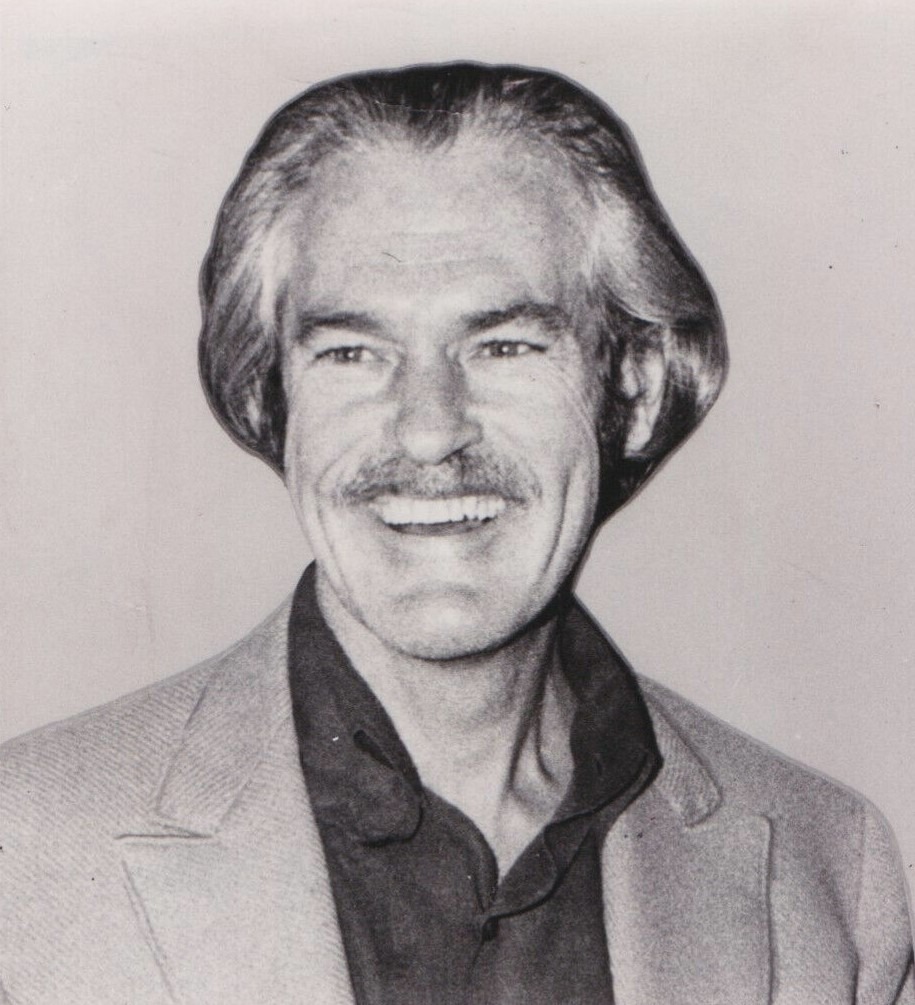
Prominent Psychedelic Artists
The movement gave rise to several iconic artists whose work became synonymous with psychedelic art. A few key figures stand out:
| Artists | Notable Contributions |
|---|---|
| Victor Moscoso | Vibrant concert posters |
| Rick Griffin | Intricate, surreal designs |
| Stanley Mouse | Album covers for major bands |
| Alton Kelley | Collaborations with Mouse |
| Wes Wilson | Originator of psychedelic poster font style |
Their art was often featured in music venues and album covers, providing a visual counterpart to the sounds of psychedelic rock bands like The Doors and cementing a legacy that has continued to influence artists and culture up to the present day.
Psychedelic Art and Design
As a significant part of the 1960s counterculture movement, Psychedelic Art serves as a visual representation of the era’s spirit and expanded consciousness. This section delves into the characteristics and media that defined this unique art and design form.
Characteristics of Psychedelic Art
Psychedelic Art is notable for its vibrant colors and complex patterns, aiming to capture or evoke the altered states of consciousness produced by psychedelic drugs. Key characteristics include:
- Vivid Palette: Bright, often neon, colors clash and contrast in visually striking ways.
- Distorted Forms: Images may be distorted, with a tendency towards flowing, melted, or blurred boundaries.
- Kaleidoscopic Patterns: Designs often incorporate symmetrical and repeating patterns, resembling the fragmented visuals of a kaleidoscope.
- Word Art: Text is frequently integrated into designs with exaggerated typography to create a visual impact.
- Optical Illusions: Artworks play with depth and perspective, creating a sense of movement or three-dimensionality.
- Iconography: Recurring motifs include mushrooms, eyes, paisleys, and abstract swirls, symbolizing mind expansion and exploration.
Techniques and Media
Psychedelic artists employed a range of techniques and media to produce their eye-catching works:
- Collage: Layering images to create a complex and sometimes disorienting visual field.
- Liquid Light Shows: Projecting colorful, shifting light patterns, usually during music concerts.
- Screen Printing: A popular method for mass-producing posters and handbills, facilitating the spread of psychedelic visuals.
- Painting and Illustration: Traditional methods like painting on canvas and pen-and-ink drawing remained staples for detailing psychedelic imagery.
While paintings and drawings are static, liquid light shows offered a dynamic and immersive experience often accompanying music performances, further enhancing the sensory overload characteristic of Psychedelic Art.
Psychedelic Music and Its Promotion
The nexus between psychedelic rock and its promotion during the 1960s was a significant cultural phenomenon, characterized by distinctive artwork that included concert posters and album covers. These visual artifacts were an intrinsic component of the music scene, elevating the promotion of iconic bands and their transformative sounds.
Psychedelic Rock and Musicians
In the 1960s, psychedelic rock emerged as a revolutionary genre, deeply ingrained in the counterculture movement. Bands like Jefferson Airplane, The Doors, and The Yardbirds played a pivotal role, with their music often seeking to evoke or enhance psychedelic experiences. The musicians became symbols of a generation’s quest for expanded consciousness, often expressed through their experimental sounds that fused elements from different musical traditions.
- Jefferson Airplane: Symbols of the San Francisco scene, known for hits like “White Rabbit”.
- The Doors: Their theatrical performances and Jim Morrison’s poetic lyrics captivated audiences.
- The Yardbirds: Pioneers of the era, featuring guitar legends like Eric Clapton, Jeff Beck, and Jimmy Page.
The Role of Concert Posters
Concert posters were not merely promotional tools but art pieces symbolizing the psych-rock era. These posters were designed to catch the eye, often featuring vibrant colors, contorted text, and surreal imagery that mirrored the mind-altering effects of psychedelic experiences. Artists like Martin Sharp and Wes Wilson were instrumental in crafting the unique visual lexicon that became synonymous with the performances of bands such as Jimi Hendrix and Creedence Clearwater Revival.
- Jimi Hendrix: Psychedelic posters for his concerts are collector’s items today.
- Creedence Clearwater Revival: Promoted through posters that epitomized the visual style of the era.
Album Covers and Their Artists
Album covers served as key visual accompaniments to the music, often providing a visual interpretation of the album’s themes. They played a significant role in the consumer’s experience, with artists creating captivating designs that reflected the hallucinogenic quality of the music.
- Jimi Hendrix’s albums often featured covers with striking, colorful imagery.
- The Doors’ albums portrayed moody, evocative artwork in line with their music.
By marrying vivid artistic expression with groundbreaking music, the psychedelic era left a legacy of promotion that was as much a part of the cultural dialogue as the groundbreaking tunes themselves.
Evolution of Typography and Graphic Design
During the 1960s, the typography and graphic design landscape underwent a significant transformation, marked by the introduction of the Psychedelic Lettering Style and the emergence of iconic designer-creators who pushed the boundaries of visual communication.
Psychedelic Lettering Style
Psychedelic lettering is characterized by fluid shapes, dramatic strokes, and often highly saturated colors. Its form often takes inspiration from Art Nouveau’s curvilinear aesthetics but pushes beyond traditional boundaries into more abstract and dynamic territory. Letters would be elongated, contorted, and embellished to create an optical experience that mirrored the mind-altering experiences the culture was seeking.
Psychedelic fonts aren’t rigid; rather, they embrace irregularity and distortion, making them harder to read but more intriguing. Typically used in concert posters, the lettering became as important as the imagery itself – each designed to visually represent the feeling of expanded consciousness that defined the movement.
Iconic Designs and Their Creators
The Psychedelic Era saw the rise of several prominent graphic designers, each contributing to the style’s evolution.
- Wes Wilson, known as one of the leading designers of psychedelic posters, utilized flowing, concertinaed forms that made his lettering breathe and pulse. His work for Bill Graham’s concert promotions remains emblematic of the era’s aesthetic.
- Victor Moscoso, another key figure, drew from his background in art education to innovate in the realm of psychedelic design. He often incorporated reverse polarity – dark figures on light backgrounds, and vice versa – to create vibrating visual effects.
- Collaborative duo Stanley Mouse and Alton Kelley created some of rock ‘n’ roll’s most enduring images, including the “Skeleton and Roses” poster for the Grateful Dead. Their work often combined illustrative elements with bold, imaginative typography.
- Bonnie MacLean, one of the few prominent women in the field, brought her distinctive style to bear on posters for the Fillmore Auditorium, where she worked alongside her husband, renowned concert promoter Bill Graham.
- Rick Griffin was recognized for his detailed and surreal style as well as for his work with surfer and counterculture magazines before he contributed his distinctive styles to the Grateful Dead and other iconic bands of the era.
These designers collectively elevated psyche and lettering in graphic design, creating pieces that were not just advertisements but artworks that reflected the cultural and social revolution of the time.
Legacies and Revivals
Psychedelic prints from the 1960s left an indelible mark on visual culture, with their impact seen across modern art and design, and a continued interest in their preservation and collection.
Influence on Modern Art and Design
Psychedelic art, known for its vivid colors and surreal visuals, notably influenced the pop art movement. Modern art and design frequently incorporate elements that originated in the psychedelic era. Designers and artists often draw inspiration from the wild patterns and vibrant palettes of psychedelic prints, which have found their way into contemporary cover art and digital media. Bold, swirling patterns reminiscent of the originals are still employed particularly in sectors like the music industry, where they evoke a sense of nostalgia and creativity. London and San Francisco, notable hubs for the psychedelic art scene during the 1960s, continue to celebrate this influential style in their local theatre productions and gallery exhibits.
- Use of psychedelic motifs in modern cover art:
- Revival in music album covers
- Inclusion in graphic novels and book designs
- Digital artforms embracing psychedelic patterns
- Influence on pop art:
- Shared emphasis on bold colors and graphic presentation
- Crossover of iconographic elements
Collecting and Preserving Psychedelic Art
Collectors and institutions alike have shown a vested interest in preserving vintage psychedelic art. Iconic pieces of the 1960s, like the San Francisco poster art and publications like Oz magazine, are sought after for their historical and artistic value. Collections often focus on the authenticity and condition of these vintage pieces, with an emphasis on sourcing items from the original Haight-Ashbury scene, celebrated for its contribution to the psychedelic visuals. Exhibitions dedicated to psychedelic art offer a glimpse into its revolutionary impact, and archiving efforts are crucial in maintaining the legacy of this vibrant era.
- Collecting vintage psychedelic art:
- Sourcing from San Francisco’s Haight-Ashbury district
- Seeking original Oz magazine prints
- Securing posters from iconic psychedelic theatre productions
- Efforts in preservation:
- Restoration of damaged prints and posters
- Curating exhibitions and retrospectives
- Archiving within both private and public art collections

